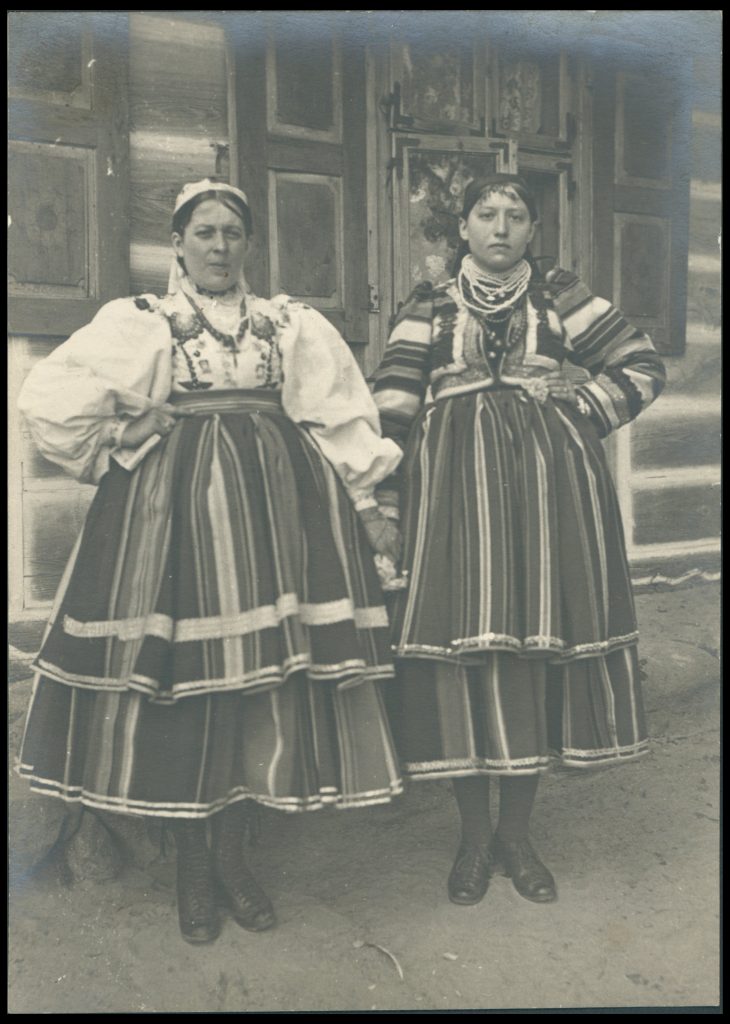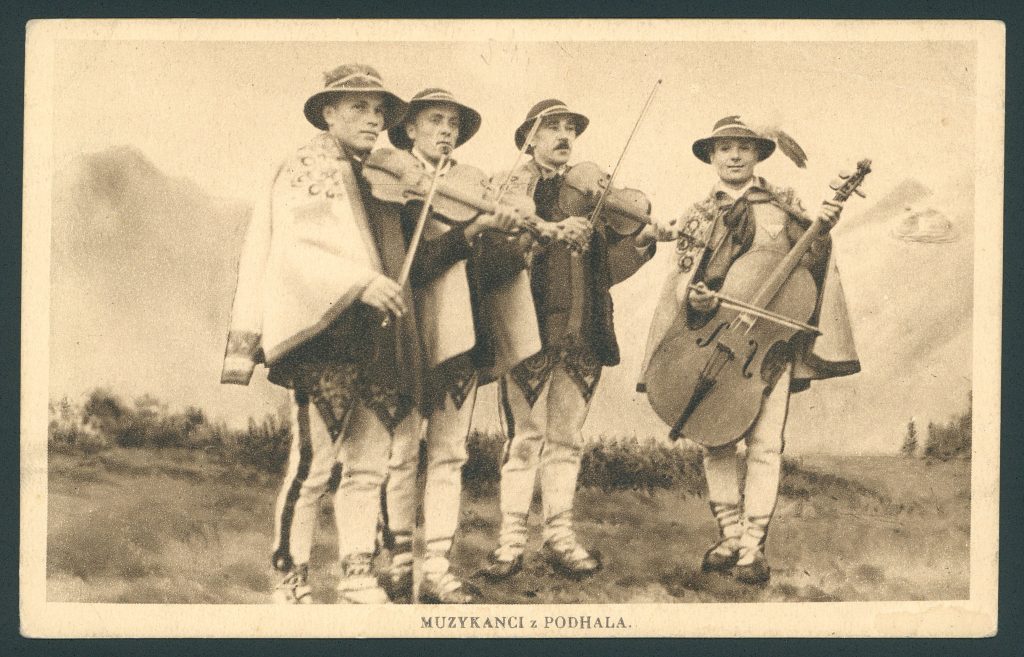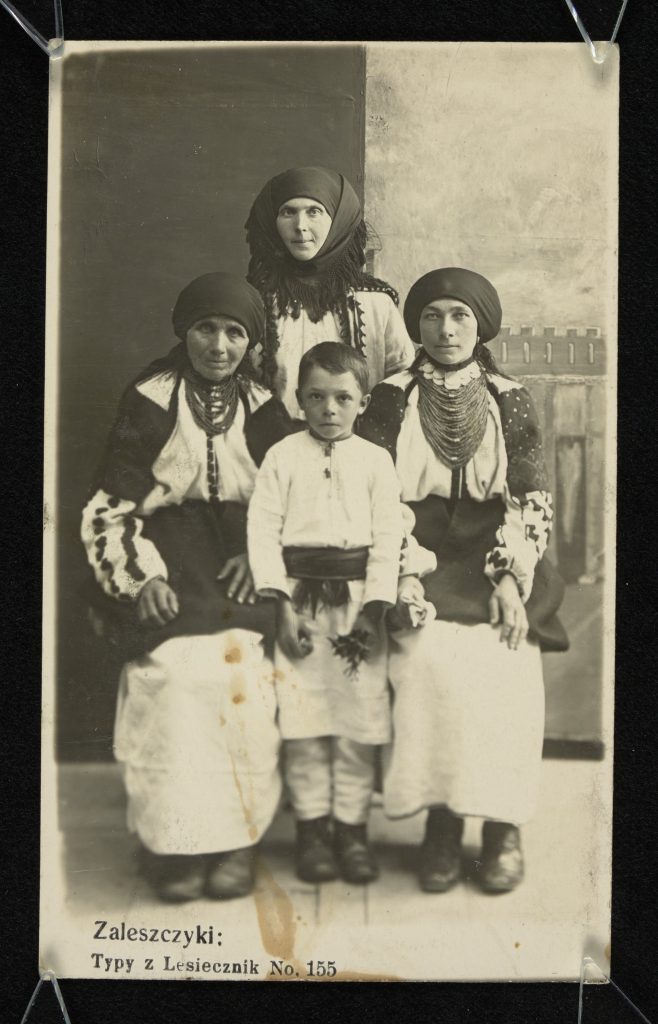Depositaries of tradition
|
The term folklore was first used by William Thoms a.k.a. Ambrose Folklore is a voluminous and rich phenomenon which encompasses various forms of human activity, such as oral literature, including myths, fairytales, fables, historical narratives, legends, anecdotes, jokes, proverbs, riddles, beliefs, superstitions, toasts, magic words and so on; we can also include folk dances and elements of material culture, e.g. folk art, folk costumes, musical instruments and architecture. There is also ‘folklore entertainment’, i.e. customs and rituals (including the rites of passage), holidays, children’s games etc. Indeed, folklore spans a number of diverse activities and a lot has already been written about its definitions, interpretations and permutations. In this essay, I would like to focus on one particular aspect of folklore, namely its collective character, as well as on the carriers or trustees of folklore – in other words, the depositaries of tradition.  Photo by Maurycy Bäumer, source: Polona. „Everybody can sing…”One of the most essential features of folklore is its collectivity. The particular elements are created and passed on within a certain community and therefore they must take account of the community’s ethos and express the perception of the world shared by a specific group of people. This ‘folk knowledge’ and ‘oral transmission’ is a common value, one that is available to all the members of a particular culture. Collectivity is also related to the anonymity of authorship. It is assumed that the productions of folklore do not have their authors in the contemporary meaning of the word – as individual creators. It might be posited, even if it sounds rather abstract, that the folk artist only serves is a veritable channel transmitting the actions of the collective group.  Photo by Zdzisław Marcinkowski, source: Polona. Folklore is collective and egalitarian – each member of a particular community may potentially become a performer. ProfessionalismEven though „everybody can sing” (as the famous Polish song implies) and everybody can be a folk singer if need be, some members of the cultural community, on account of their talents and dedication, family tradition and opportunities (social, financial and professional), might actually become professional folk artists in a more or less strict sense of the word, e.g. they may perform at weddings.  Musicians from Podhale in the Tatra Mountains, source: Polona. One of the key aspects of learning music in villages is to acquire practical skills through faithful imitation. In such a process the teacher plays a melody and the student tries to imitate it as faithfully as possible. Village musicians often had to build their first instruments themselves – they used lilacs to make flutes and picked their own fiddles off a piece of wood. Naturally, instruments built by unskilled hands were far from perfect, but due to austere conditions of life musicians had to launch their careers virtually from scratch. It was also natural for village musicians to be self-taught – they were usually initiated into the art by others but afterwards they were left on their own, playing by ear and observing the professionals whenever there was an opportunity. Only the most resilient and driven instrumentalists could eventually call themselves professional musicians (whereas anybody could sing as much as they liked, only some could afford to play a musical instrument) – they played at daily dancing parties, accompanied the bride and the groom to and from the church and performed at wedding parties. Their compensation was paid in cash, a clear sign that they were regarded as professionals. FeedbackYet even if musicians played in recognised ensembles (whose line-up at weddings varied from region to region; you can find details in my essay here) and transmitted the lore in a professional, refined manner, they never stopped being part and parcel of their own community and an essential element of the folk. What went on between them and the rest of the community has been described in folklore studies as ‘feedback’. The feedback could take place because all the members of a given community, even those who were (temporarily) not involved, were able to understand their own culture – after all, it expressed virtues and values in the language they were all fluent in. Adam Czech notes that „even though not everyone could be called a musician, almost everyone did participate in singing the songs that the musicians performed, and vice versa” (Czech, Sprzedawcy Wiatru / Traders of the Wind, 2008: 105). The feedback thus construed was generated, for example, at weddings, where the singer improvised a short song which was immediately picked up by the instrumentalists:
Then and nowAlmost all the members belonging to a particular community used to be the depositaries of the local tradition. Today, in the modern and globalised world, the situation is quite different, although the magnitude of the divergence depends on the region. In modern cultures, due to the changes in lifestyle, the influence of mass media, popular culture, globalisation, secularisation, fads, trends and fashions or the outright unwillingness of some to be part of tradition – only individual members of the community are genuine depositaries of tradition. The reason for this state of affairs does not result from the fact that tradition must be seen as the arbiter of social, cultural and material norms. Rather, tradition has become only one of the many paths that the people may follow. Therefore, the task of carrying the local tradition forward rests on the shoulders of a handful of individuals, while the rest of the group have lost their innate talents of instantly ‘taking on the role’ (e.g. coming up with and intoning a short tune at a wedding party). That is, however, a subject of an altogether different story… The text contains excerpts from a Master’s thesis: Ewelina Grygier, Drewniany flet poprzeczny w polskiej muzyce ludowej: tradycja i zmiana / The wooden transverse flute in Polish folk music: tradition and change (Adam Mickiewicz University 2011).  Photo by Maurycy Bäumer, source: Polona
|



